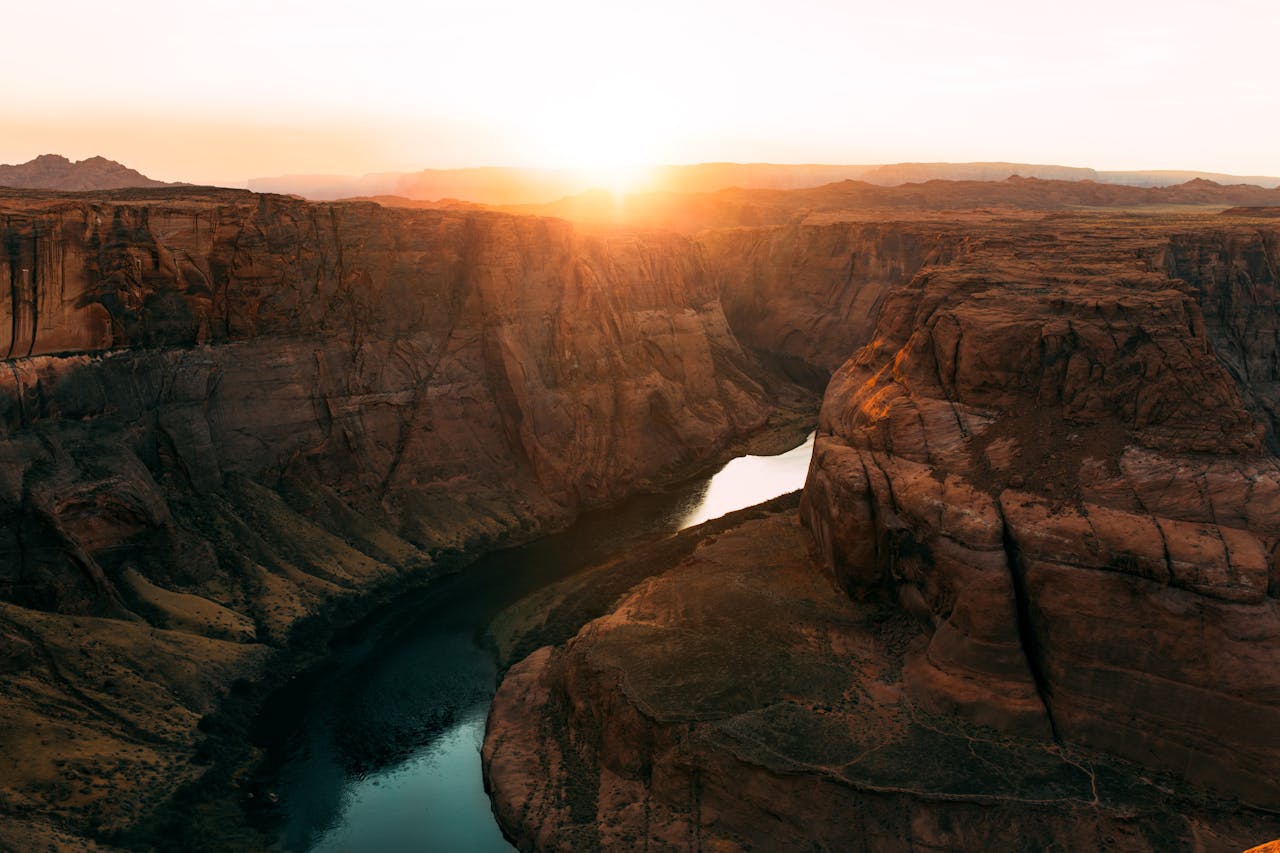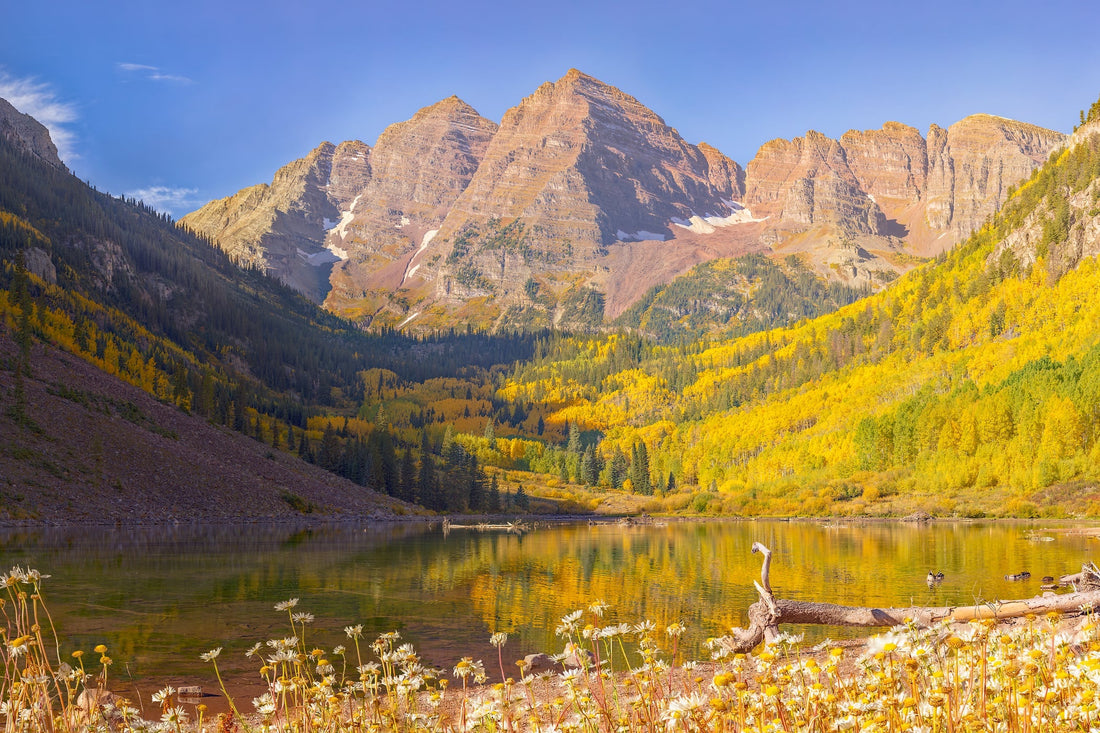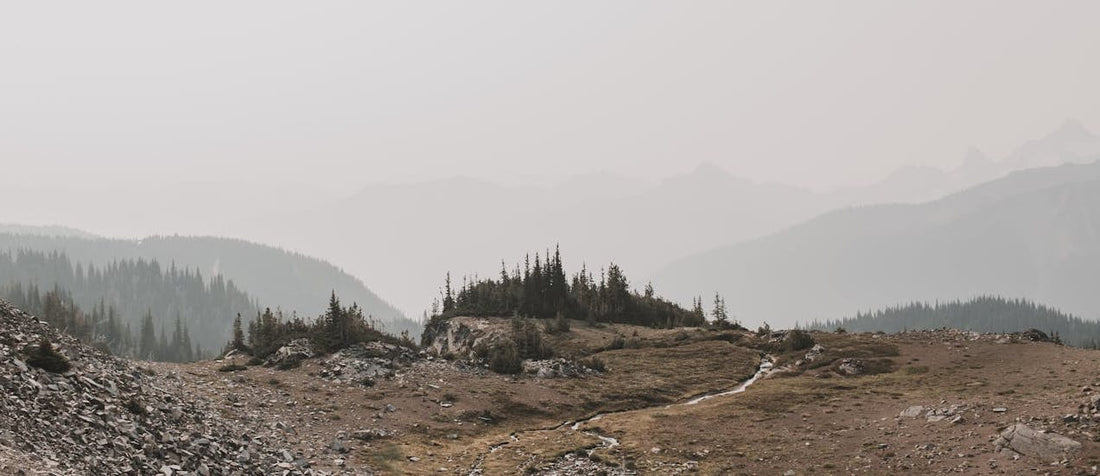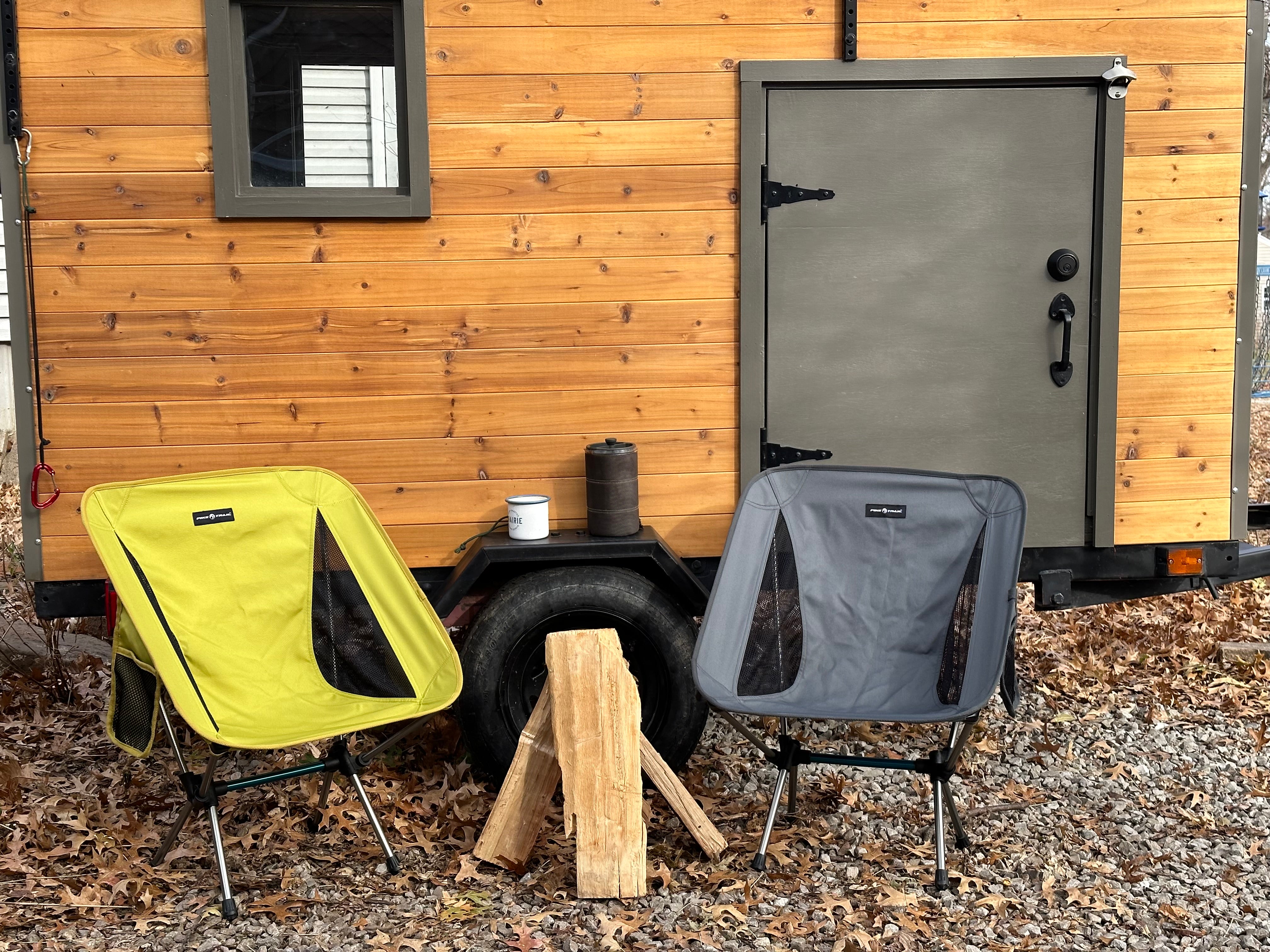Photo by Nick Wehrli: https://www.pexels.com/photo/scenic-view-of-a-river-between-canyons-during-sunset-5717815/
The Grand Canyon, a vast and rugged natural wonder, tells a story of Earth’s ancient past. Formed over millions of years, its striking layers reveal the processes that shaped it into one of the world’s most awe-inspiring landscapes. If you’re planning to float down the Colorado River, you’ll not only experience this iconic natural marvel from a unique perspective but also see up-close the geological features that hold the key to its formation.
The Formation of the Grand Canyon
The Grand Canyon's formation is a combination of erosion, tectonic activity, and the relentless force of the Colorado River. While estimates vary, most geologists believe the canyon began forming between 5 to 6 million years ago, although the rock layers exposed in its walls are far older, dating back as much as 1.8 billion years.
1. Uplift of the Colorado Plateau
The story of the Grand Canyon began with the uplift of the Colorado Plateau. Over 70 million years ago, tectonic forces pushed this large section of the Earth's crust upwards, creating the perfect conditions for the Colorado River to carve its way through. As the plateau rose, the river’s gradient became steeper, giving it more power to cut down through the rock layers.
2. Erosion by the Colorado River
The primary sculptor of the canyon is the Colorado River, which has been eroding rock for millions of years. The river’s force, coupled with wind, rain, and other natural elements, wore away softer rock layers while leaving harder ones more intact. Over time, this constant erosion created the deep, winding gorge that now stretches for over 277 miles.
3. Rock Layers: A Geologic Time Machine
The Grand Canyon’s rock layers offer a glimpse into Earth’s distant past. The oldest rocks at the canyon’s bottom, known as Vishnu Schist, are about 1.8 billion years old. As you float down the river, you’ll pass through layers of sedimentary rock that were deposited over hundreds of millions of years. These layers tell the story of ancient seas, deserts, and forests that once covered the region.
Geological Features to Look for When Floating the Colorado River
Floating down the Colorado River offers an intimate view of the Grand Canyon’s geology. You’ll witness distinct rock formations, towering cliffs, and the intricate beauty of erosion. Here are a few geological highlights to watch for:
1. Vishnu Schist and Zoroaster Granite (The Inner Gorge)
As you pass through the Inner Gorge, you’ll see the ancient Vishnu Schist and Zoroaster Granite. These are some of the oldest rocks exposed in the canyon, with their dark hues and twisted appearance revealing the intense heat and pressure they endured deep beneath the Earth's surface. These metamorphic rocks date back to the Precambrian era and offer a glimpse into the very beginnings of Earth’s continental crust.
Check out the National Park Service webpage on the Vishnu Basement Rocks
2. The Great Unconformity
One of the most fascinating geological features is the Great Unconformity, a gap in the rock record where over a billion years of Earth's history are missing. This can be seen where the Tapeats Sandstone lies directly on top of much older Vishnu Schist. The missing layers were likely eroded away before new sediments were deposited, creating a stark contrast between rock formations that are hundreds of millions of years apart.

Photo credit to the Arizona Geological Survey/UA Science
3. Redwall Limestone
As you float downstream, you’ll encounter the steep cliffs of Redwall Limestone, a formation created from ancient marine life when the area was covered by a shallow sea about 340 million years ago. This layer is particularly noticeable for its reddish color, which is actually caused by the staining of iron oxide from overlying rock layers, rather than the limestone itself.
4. The Coconino Sandstone
One of the most visually striking formations, the Coconino Sandstone, forms towering, pale cliffs that rise above the river. This rock layer was formed from ancient desert dunes around 275 million years ago. As you float past, you might notice the cross-bedding patterns, which are the remnants of wind-blown dunes frozen in time.

Photo credit to the National Park Service
5. Bright Angel Shale
The Bright Angel Shale, which appears in shades of green and gray, was deposited in a shallow marine environment about 515 million years ago. This layer is significant not only for its distinct color but also because it contains fossils of trilobites, some of the earliest complex life forms to appear on Earth.
The Colorado River’s Role in Continuing Erosion
Even today, the Colorado River continues to shape the Grand Canyon. Seasonal floods and the river’s constant flow continue to erode the canyon walls, gradually widening and deepening the canyon. As you float down the river, you may notice areas where rockfalls have occurred, evidence of the canyon’s ongoing transformation. Some of these changes happen slowly, over centuries, while others are the result of sudden flash floods and landslides.
Conclusion: A Journey Through Deep Time
Floating down the Colorado River through the Grand Canyon is like traveling back in time. Each bend in the river reveals a new chapter in Earth’s geological history, from the ancient rocks at the canyon’s base to the relatively younger layers near the rim. As you drift between towering cliffs and pass by the remnants of prehistoric seas and deserts, take the time to appreciate the immense natural forces that have shaped this breathtaking landscape. Keep an eye out for the geological formations mentioned above—they are not only beautiful but also tell the story of a planet in constant change. As you prepare for your trip down the Colorado river checkout top of the line waterproof gear for your hands and feet here at Pike Trail.
Whether you’re a geology enthusiast or simply looking to enjoy the grandeur of nature, a float down the Colorado River offers an unforgettable experience in one of the world’s most iconic landscapes.






